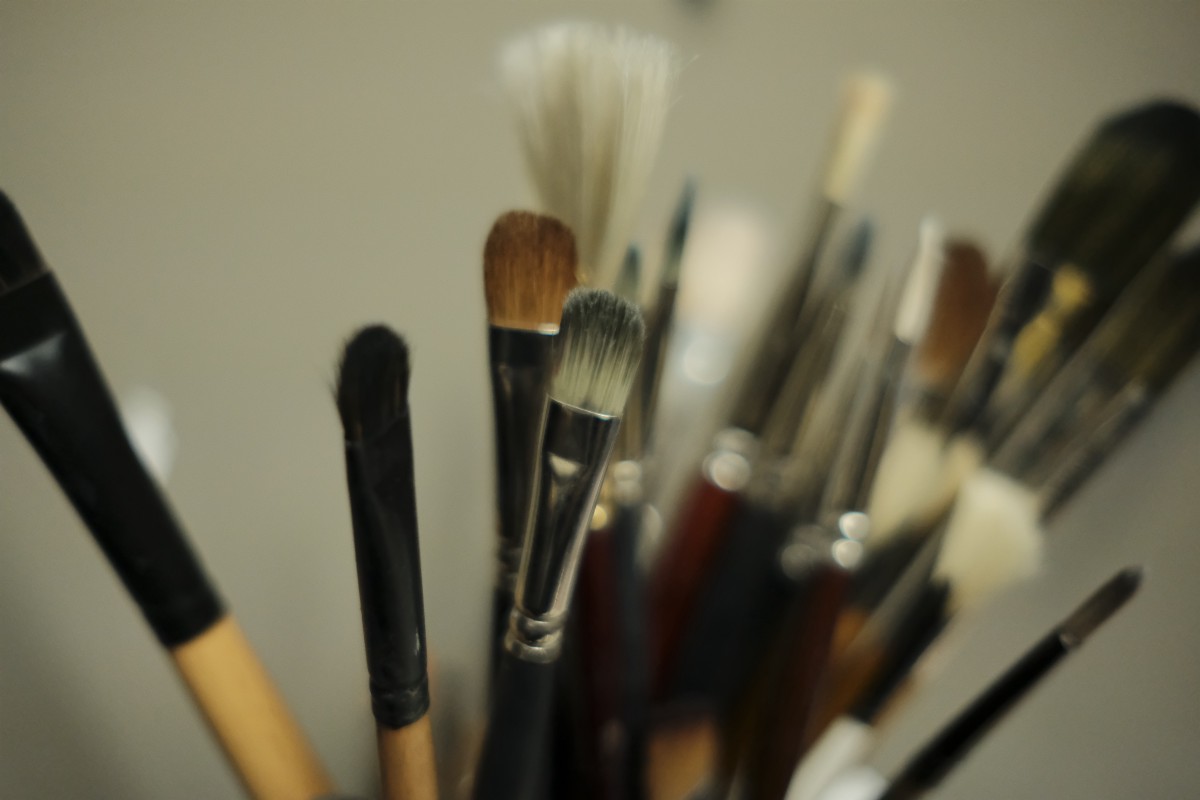
Having a hard time being efficient and productive as an artist? Combat this with these three tips to boost your artistic efficiency. Credit: Evolve Artist
More...
Making quality art can take time, but have you ever found yourself wishing you could finish paintings, get more done, and knowing how to be a productive artist?
Some artists may challenge the idea that efficiency has a place in the creative world. However, artists who wish to sell work regularly understand the need to be a productive artist in their studio.
Whether in finishing a painting, starting a painting, or creating a better workflow, productivity has a place in art. There are three key principles to becoming a more productive artist. By following these steps, you can streamline your work process, avoid unnecessary mistakes, and become more efficient in your artistic practice.
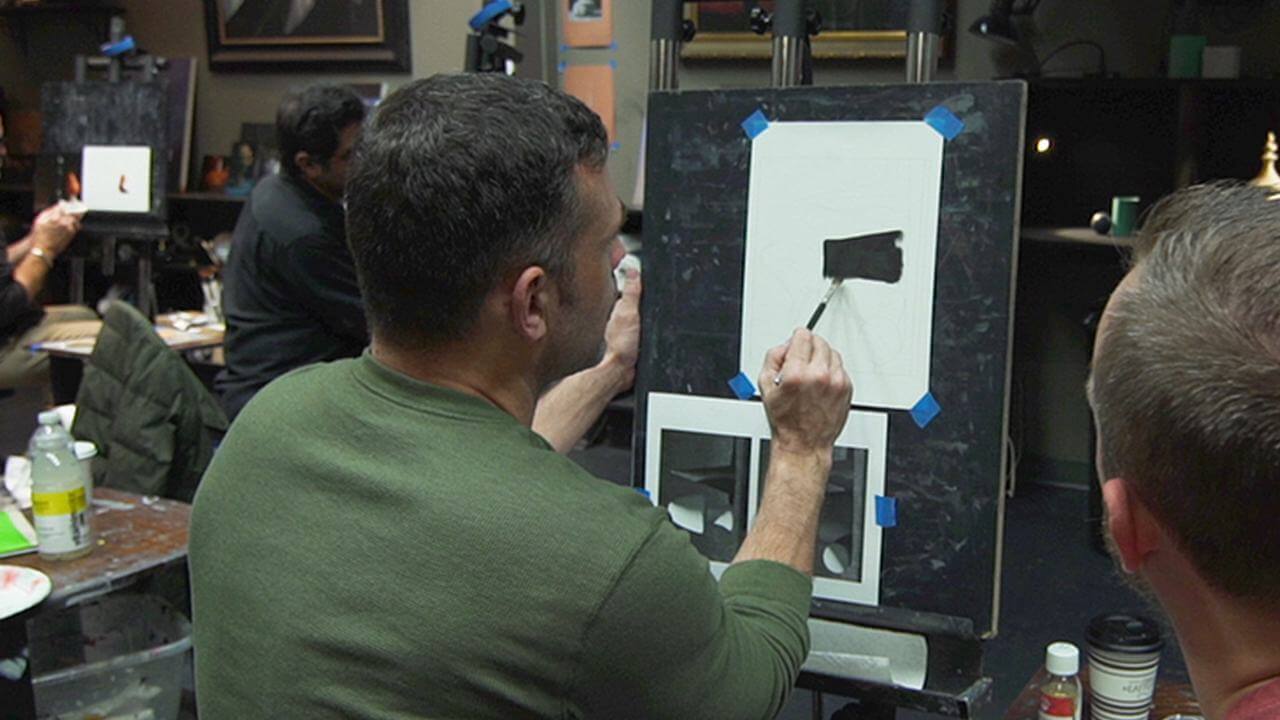
The first step to becoming more efficient in your art making is to ensure you have the right person teaching you. Here, Kevin teaches students at an Evolve conference at the Hillsborough Art Academy.
1. A Productive Artist Has and Seeks Knowledge
The starting point for becoming a productive artist is knowledge. The more you know and learn, the less you fumble and falter.
Knowledge comes in pieces. New artists will be far less efficient at the beginning of their education compared to the middle or the end. This is why having a clear, foundational education is crucial to becoming a productive artist.
If you try to teach yourself, it will take much longer to reach your goals than if a teacher guides you to where you want to be (If you want to level up your art, visit evolveartist.com).
Mistakes are a part of learning, but wandering aimlessly through your education is the least productive way to make art. You may learn some things, but you’ll mostly waste time faltering with things a qualified teacher could explain quickly.
The first step on how to be a productive artist is to ensure that you gain the right knowledge to move forward with confidence.
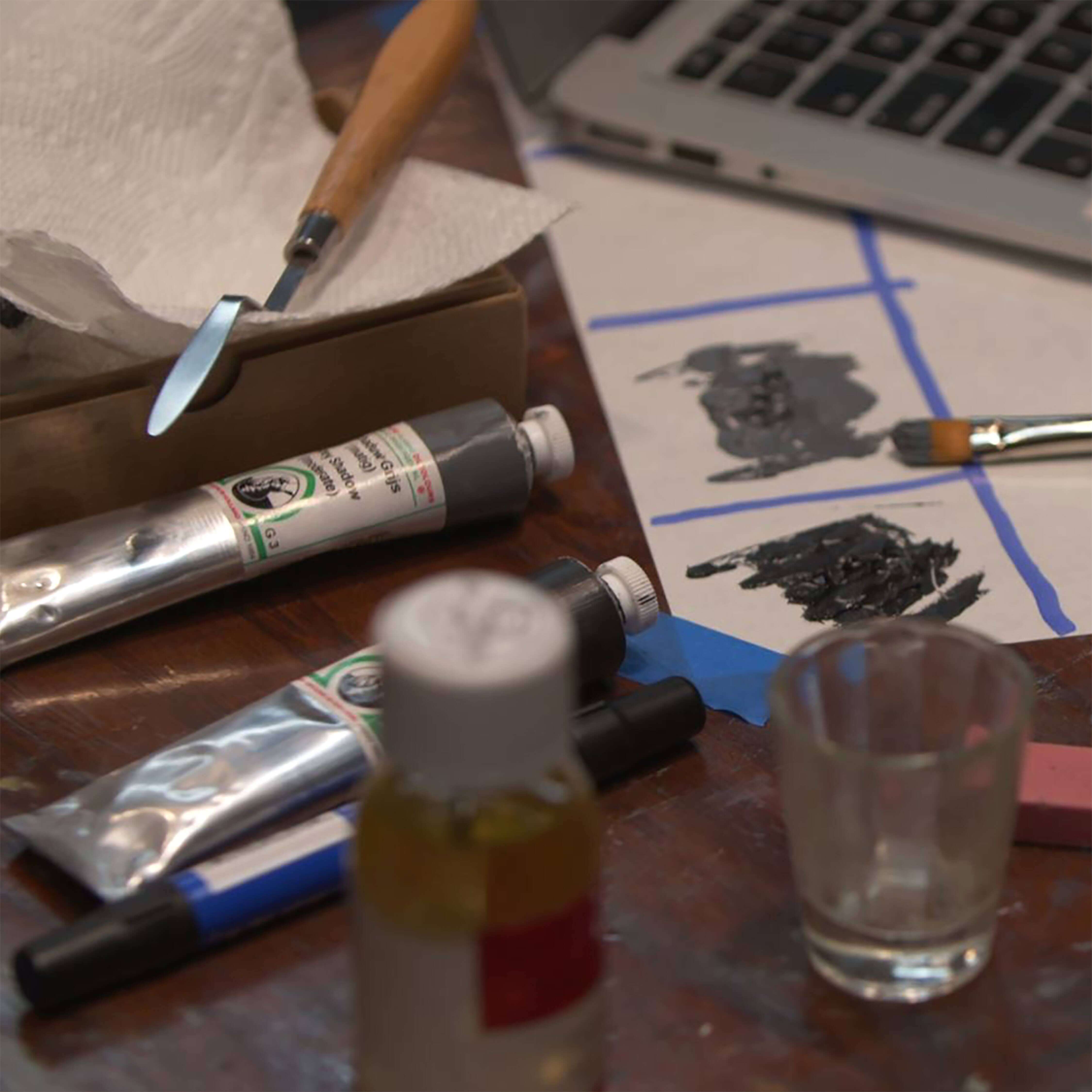
In order to be a productive artist, you need to have a game plan.
2. Productive Artists Set Intentions
Intent is another important part of how to be a productive artist. Intent and making a game plan for your artwork help you to be a productive artist.
If you start a painting with no idea of where you want to go and no plan, you end up having to figure it out as you work. As the painting progresses, you take steps, in the process, you realize are not right, and you have to back out of them.
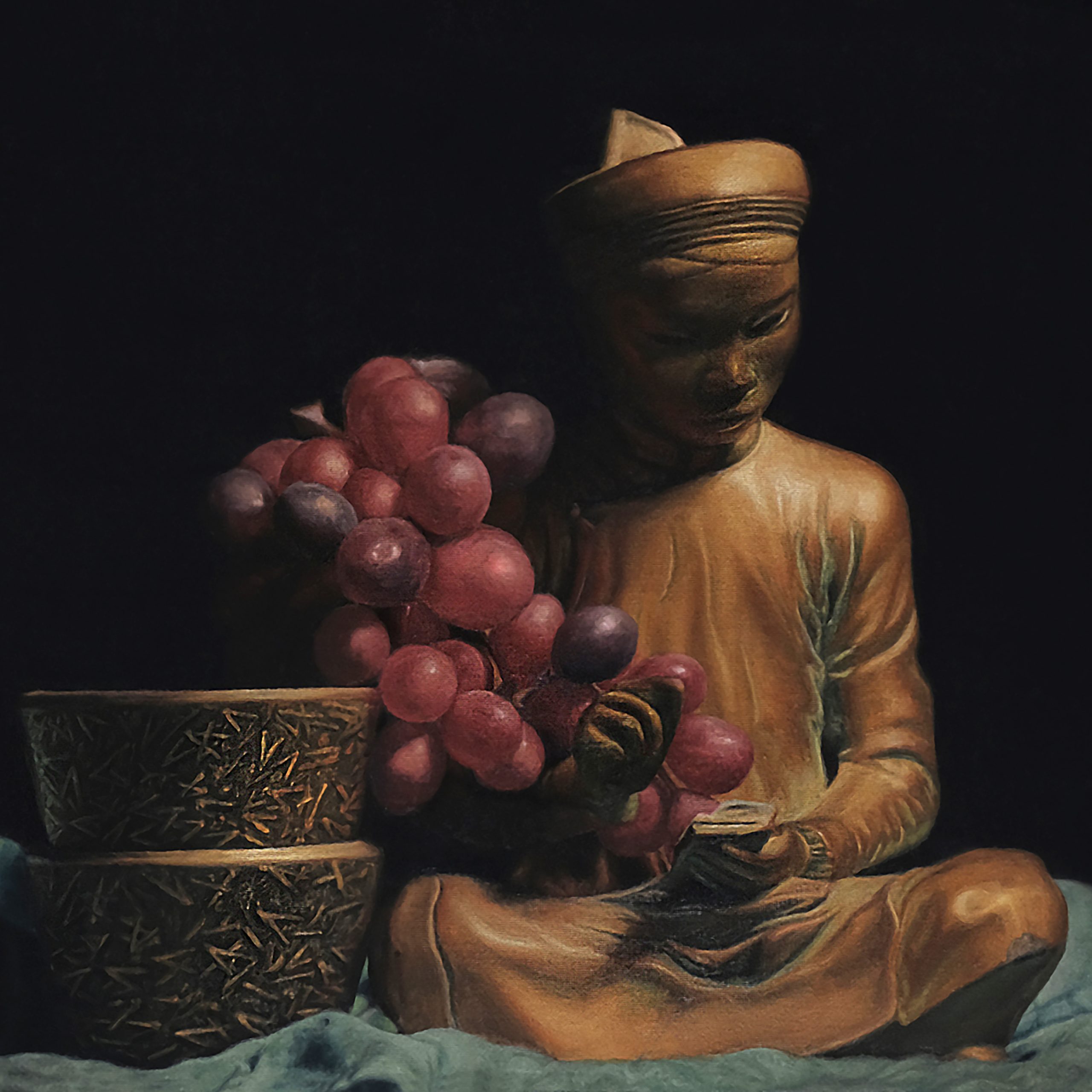
This painting by Evolve student Jessica shows clear knowledge, and intent from a highly productive artist.
Corrective work in the painting process piles up quickly. Having intentions right from the beginning solves the problem.
Sit down and plan through the process by which you will approach the day’s work.
Understanding the relationships happening in your painting will help you to formulate a plan as you approach it. This is where the knowledge above comes in handy.
Knowledge and intent help productive artists make a game plan based on the things that they know and understand.
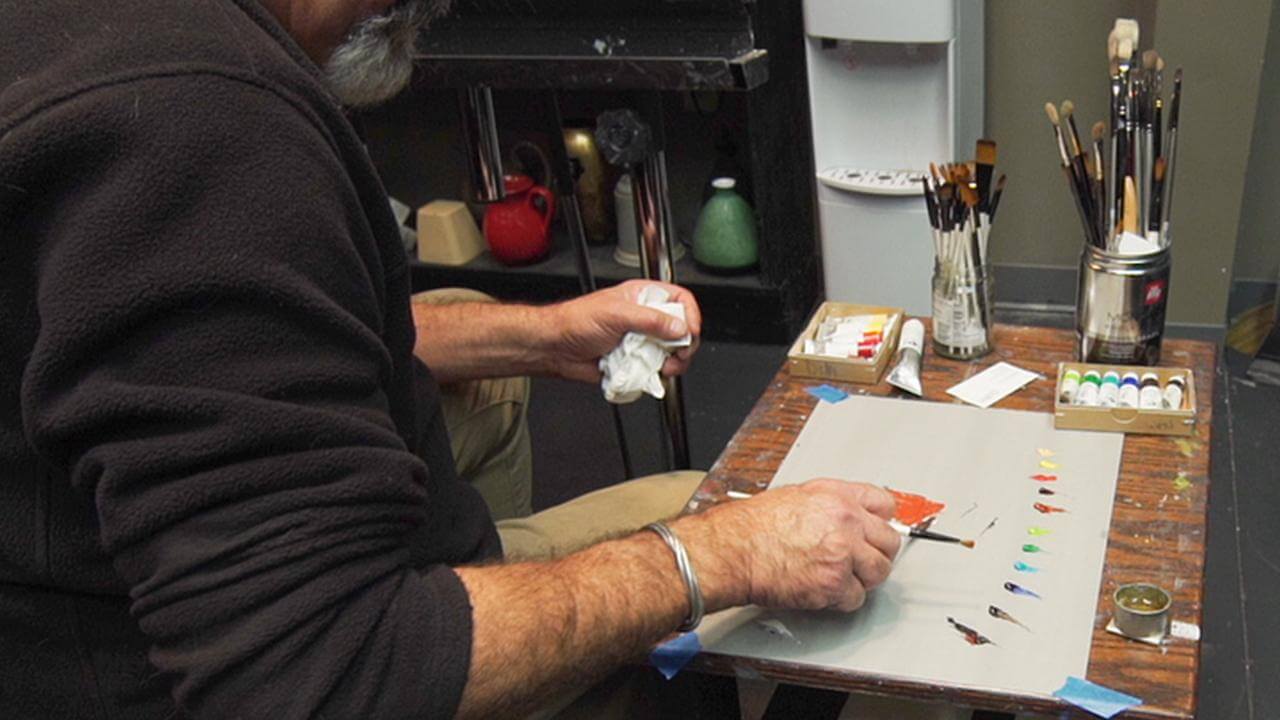
Working at the right pace is crucial. Are you rushing to get through your painting or does your workflow feel like a calm walk?
3. Productive Artists Work at a Thoughtful Pace
A productive artist is not always a fast painter.
If you rush as you work, trying to be efficient, you run the risk of becoming ineffective by making mistakes. Fixing things can take 10 times longer than doing it intentionally the first time.
Let’s say you approach an area in your painting that should take 20 minutes, but you do it in 10 because you start to rush. When you step back, you see you need to readdress it.
And if it takes 10 times as long to correct it, you now have several hours of work to correct this small area. So by shaving off ten minutes, you’ve added two hours to your painting process.
Working at the right pace for yourself and not rushing streamlines your process. Being patient means you are intentional as you work, doing everything to the best of your ability the first time.
[Move] at the pace that allows you to do what you need to do correctly.
Being patient means moving at a pace that allows you to do what you need to do correctly. We all know the moment when we begin to rush. The marks that are going down just don’t look right, but we think “Oh, I’ll fix that later”. This lack of self-control will destroy your efficiency as an artist.
Work at a pace that allows you to control the number of mistakes you make. You will always make mistakes as a painter, but if you could make three versus ten due to rushing, your productivity will rise. Paint at a pace that feels relaxed, not rushed. This will always help your work as a productive artist.
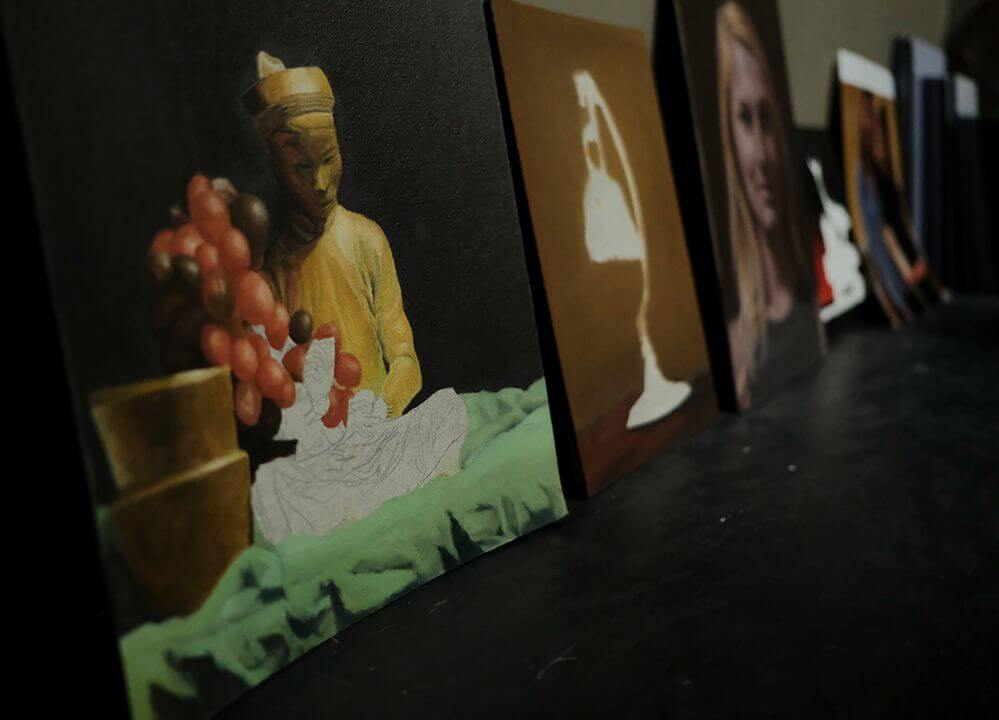
By having a plan, learning constantly, and moving at an appropriate pace, you can conquer any painting and become an efficient artist!
Final Thoughts on How to Be a Productive Artist
Knowledge, intent, and pace will streamline your painting process and help you to become a productive artist. Setting intentions for your painting means having a plan to get to the end goal. So having knowledge, intention, and then being patient will always bring you to where you want your painting to be.
At first, it might feel like you’re painting slowly. However, because you aren’t going back and fixing things, the painting becomes a linear process from beginning to end, rather than circling back to fix mistakes.
So this is what really makes an artist efficient; a plan with a process attached to it. Knowing where you’re going, and then working at the right pace to ensure you get there.
Comment below with ways that work for you on how to be a productive artist.
FREE MASTERCLASS:
The 4 Part Framework to Develop Artistic Excellence in 12 Months
